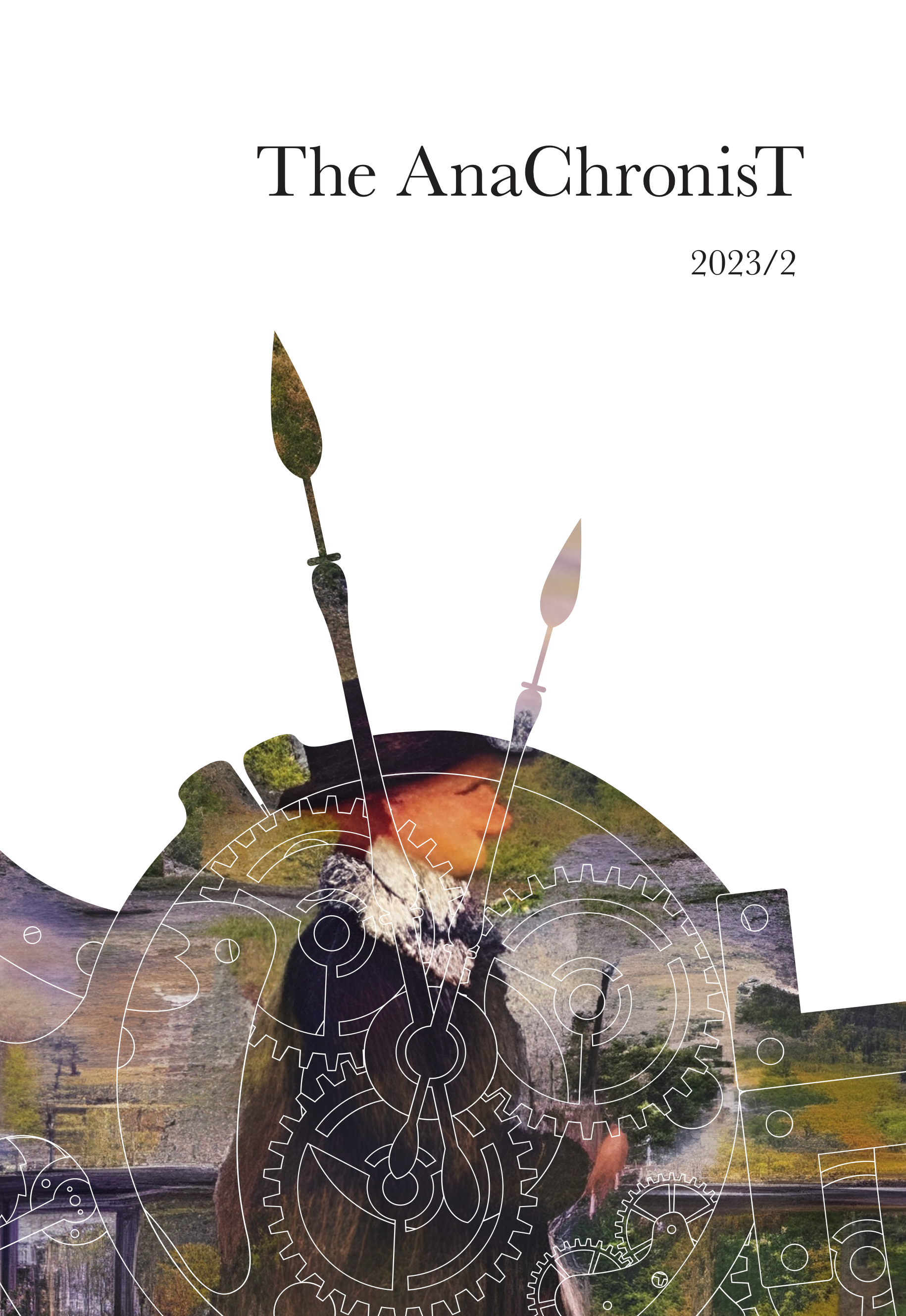The Brier-Patch in the Kailyard
Realism versus Sentimentality in Late-Nineteenth- and Early-Twentieth-Century Irish, Scottish, and American Fiction
DOI:
https://doi.org/10.53720/TNXW8501Abstract
At the turn of the nineteenth century, conservatively sentimental fictions, often religious and/or provincial in context, were answered by other works based on a realist and/or modernist aesthetic. In two novels by Canon Patrick Sheehan, Geoffrey Austin, Student (1895) and its sequel, The Triumph of Failure (1899), the central character moves from religious scepticism through secular philosophies to a rediscovery of faith. Whatever the failings of its human adherents, religious faith—and its institutions—are seen as benign. Novels which challenge this include Gerard O’Donovan’s Father Ralph (1913), the autobiographical work of a former priest who exposes what he considers the conformist mediocrity of actually-existing Catholicism, and Brinsley MacNamara’s The Valley of the Squinting Windows (1918), a controversial study of small-town narrow-mindedness and religiosity. Such works are comparable to the better-known critiques of James Joyce and George Moore. Sheehan’s “A Spoiled Priest” (1905) finds a Scottish Presbyterian counterpart in S. R. Crockett’s “The Stickit Minister” (1893). In both these short stories, the aspiring clergyman’s failure is a personal one, and the respective religious cultures remain unquestioned. Crockett and Ian Maclaren, the author of the short-story collection, Beside the Bonnie Brier Bush (1894), belong to the so-called “Kailyard” (cabbage-patch) school of Scottish writers who presented an idealised picture of small-town life. An unrelentingly dark riposte to the Kailyard, however, is supplied by George Douglas Brown’s The House with the Green Shutters (1901); this novel is a Scottish equivalent of The Valley of the Squinting Windows. In the US, certain Southern white writers maintained that the wrong side won the Civil War, and that slavery was not inhumane. Such attempts to legitimise racism were exposed by African-American writers, notably Charles Chesnutt in works such as “The Goophered Grapevine” (1887). However, the stories of Joel Chandler Harris—a white Southerner—are not as cosy as they might at first appear: in his Uncle Remus books (1880, 1883), Brer Rabbit can be seen as the black trickster who can outwit his oppressor Brer Fox (= the slave-owner/overseer), as in the tale of Brer Rabbit, the Tar-Baby and the Brier-patch. As we would expect, there are vast differences in the historical and ideological contexts of these Irish, Scottish, and American works, but the patterns of force and counterforce are remarkably similar.

